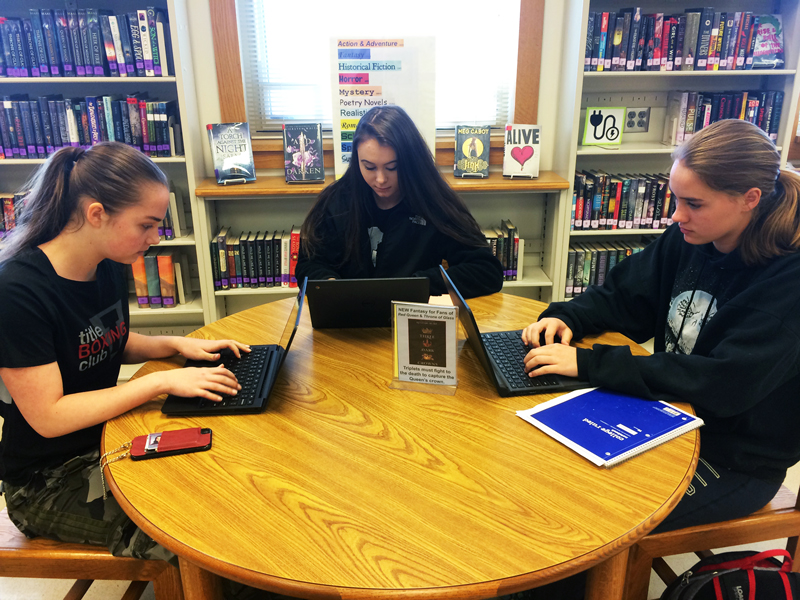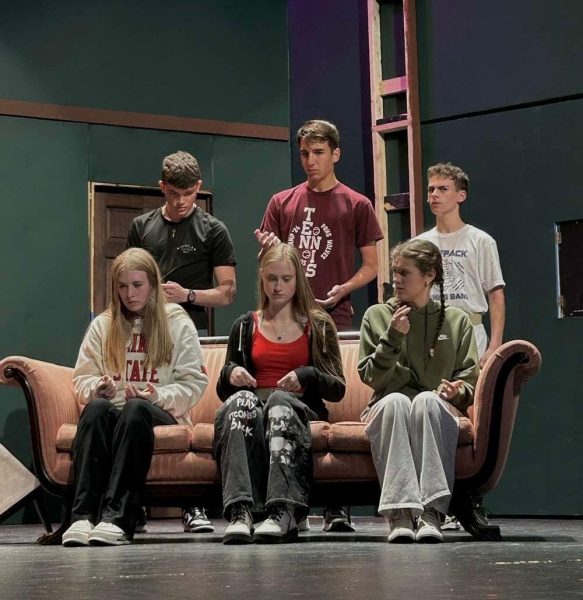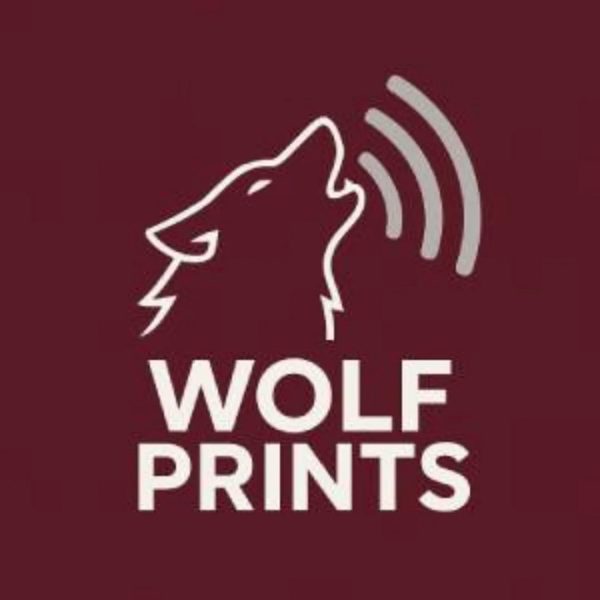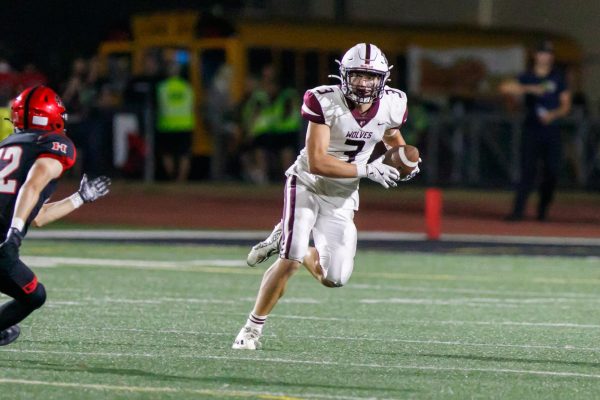What is Personalized Learning?
Personalized learning leverages technology so students can access lessons and tutorials online during free periods.
Educators always look to find potentially better ways to teach. Today the answer may lie in personalized learning.
Personalized learning is a curriculum set to work with each individual student’s needs, along with their learning preferences and academic progression. Such learning can be achieved when students have several options to choose from, whether it be through visual, auditory, or kinesthetic lessons. Students have the option to work independently and ask for help when needed, or they can work in groups, where they collaborate with one another to learn material.
With technology, students will have access to plenty of information and knowledge that can be incorporated into their learning experience. For example, students would be able to contact professionals in the various fields to ask questions and learn the most relevant information.
Personalized learning is difficult to implement, however, since students learn different material at different rates, and tracking a student’s progress to help them grow would require a very low teacher to student ratio, meaning that more educators would be necessary to truly personalize learning for students. Not to mention, assigning exams all at once would not be practical, since students would be at different points in the topic depending on how quickly they learned the material.
Dr. Koch, Prairie Ridge’s principal, states that personalized learning could be effective, since students would be more motivated to study what they enjoy. On the other hand, he says, “at a certain point, especially in high school, the material becomes so specialized that open exploration isn’t as efficient nor as effective as working with an experienced professional educator to learn.”
Mr. Gimm, Humanities Division Leader and English teacher at Prairie Ridge, recently traveled to a school in North Dakota that has adopted a system of personalized learning and shared some insight. Instead of conforming to the standard school schedule of uniform school periods, the students have schedules that are flexible and tailored to their needs. A student can spend two periods of time focused on math if they need, and half a period on science. The schedule can constantly fluctuate to work with a student’s needs. Set “Call Back” periods are established to ensure that every student is effectively learning, and if not, to discuss what can be done to help the student succeed. With this model, Mr. Gimm believes “students develop an increased sense of responsibility and time management, which serves them well in higher education settings and the workplace.”
Rachel Mullen, a junior at Prairie Ridge, likes that this new approach could allow for more skilled people to enter the workforce. With a more streamlined system of education, students could gain hands-on experience sooner and learn more in a shorter amount of time. For example, students that know that they would like to go into a medical field could work with professionals in a hospital to gain knowledge that would have otherwise taken years of additional schooling to learn. However, Rachel agrees with Dr. Koch that not only would it be hard to accommodate every student, but it would also be expensive to work with every individual’s interests.
Generally, personalized learning would require limits so that students do not become disadvantaged, or fall far behind. Although some students may work through material quickly, others may take much longer, or they might simply lack the motivation or drive to learn material and slack off. This could create a great rift between students’ abilities.
Jacob Lawrence, also a junior at Prairie Ridge, suggests that personalized learning should be implemented only with electives. This way, common material will not be disrupted, and students will still have similar opportunities to learn.
In all, personalized learning would need to be carefully considered, since it would change what students already know and are used to.





